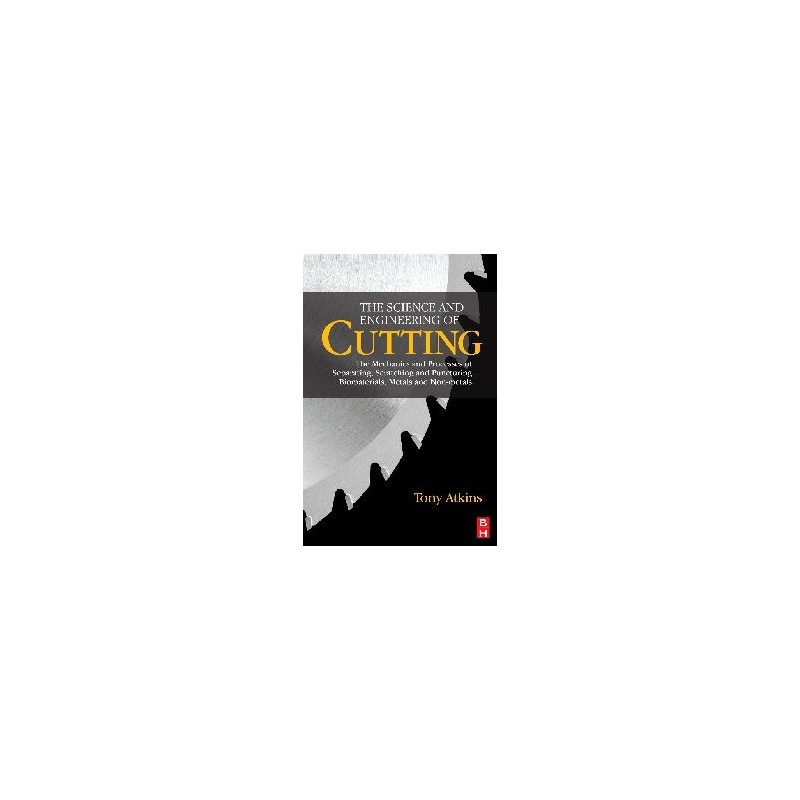- Obecnie brak na stanie



Brak towaru
Cyna bezołowiowa Sn99Cu0,7Ag0,3 z topnikiem EVO11, szpula 100 g, średnica 0,38 mm. Cynel SAC307-0.38/100
Brak towaru
Brak towaru
Brak towaru
Brak towaru
Brak towaru
Brak towaru
UNIWERSALNY STEROWNIK DO NAPĘDU BRAMY - PRZYSTAWKA - ZESTAW DO SAMODZIELNEGO MONTAŻU
Brak towaru
3DR Radio to zestaw pozwalający na dwukierunkową transmisję danych telemetrycznych np. pomiędzy modelem RC (z kontrolerem APM) a komputerem PC. Lekkie i małe urządzenie w zestawie z antenami i przewodem oraz obudową. THA012201
Brak towaru
Expansion Board for Raspberry Pi, 2x Relays, 4x Switchs, 8x Digital Inputs, 8x Outputs, 8x LEDs, RoHS
Brak towaru
Brak towaru
Brak towaru
Czterokołowe podwozie samochodowe do samodzielnego montażu. Zestaw zawiera wszystkie niezbędne elementy mechaniczne, które są potrzebne do budowy tego typu konstrukcji. SeeedStudio Robot car Kit- RC Smart Car Chassis Kit
Brak towaru
Flexiforce Pressure Sensor A201 – 100lbs, Tekscan, RoHS
Brak towaru
SUPERLUMISCENCYJNY MODUŁOWY OŚWIETLACZ 3x3LED BIAŁE CIEPŁE 60mA - ZESTAW DO SAMODZIELNEGO MONTAŻU
Brak towaru
Izolowana sonda światłowodowa o zakresie pomiarowym do 1250 V. Pracuje w paśmie do 500 MHz, może być podłączona do oscyloskopu przez złącze BNC. Zasilana bateryjnie. Micsig OIP500B
Brak towaru

